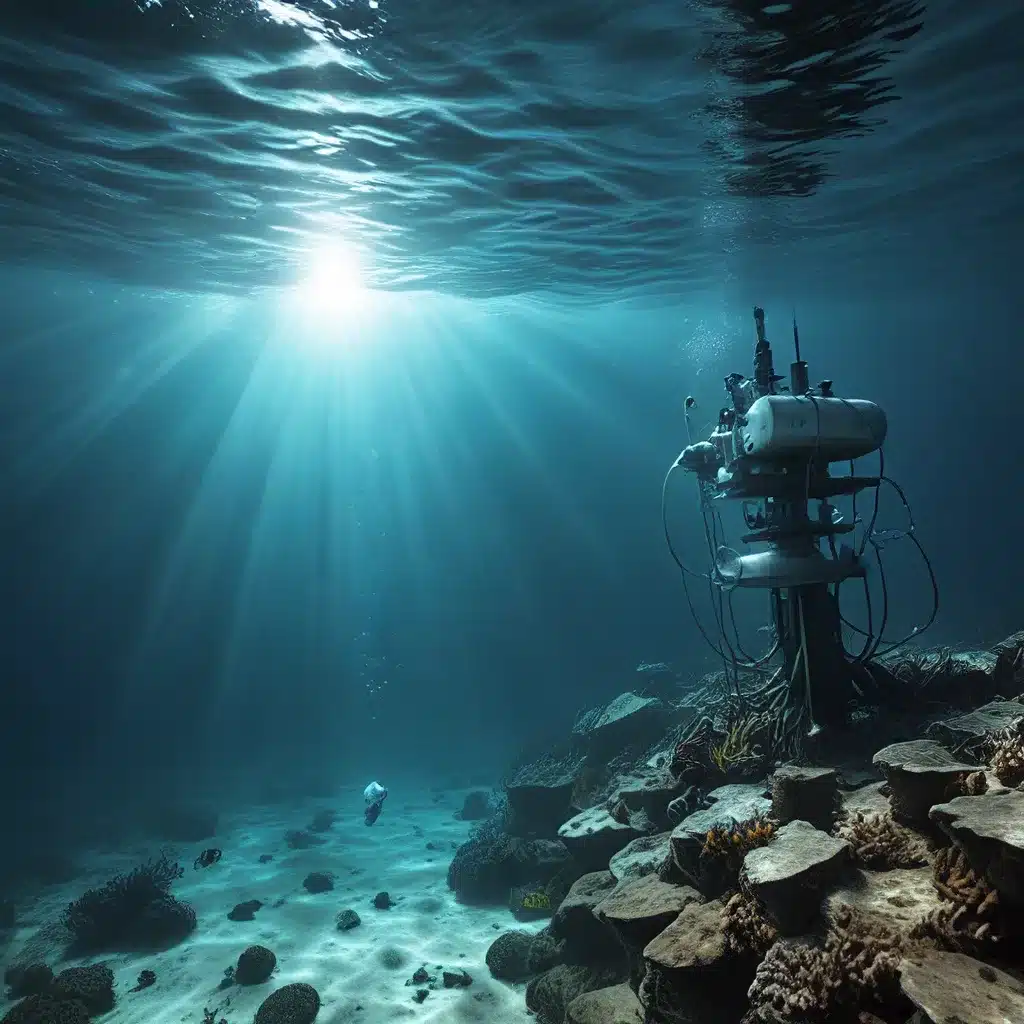
The Challenges of Powering Underwater Sensor Networks
Underwater sensor networks have become increasingly vital for a wide range of applications, from environmental monitoring and offshore energy production to maritime security and scientific research. These networks rely on sensors deployed beneath the surface, often in remote or hard-to-access locations, to gather critical data and transmit it back to central command centers. However, powering these underwater sensor nodes presents a unique set of challenges that can impact the overall reliability and performance of the network.
One of the primary obstacles is the limited access to traditional power sources, such as electrical grids or on-site generators. Underwater environments are inherently isolated, making it difficult to provide a consistent and readily available power supply. Batteries, while commonly used, have a finite lifespan and require frequent replacement, which can be both time-consuming and costly, especially in deep-sea or hard-to-reach locations.
Moreover, the harsh underwater conditions, including high pressure, corrosive seawater, and potentially harsh currents, can accelerate the degradation of power sources, further compromising the reliability of the sensor network. Unexpected power failures or disruptions can lead to data loss, communication breakdowns, and the inability to respond to critical events in a timely manner.
Intelligent Energy Forecasting: A Game-Changer for Underwater Sensor Networks
To address these challenges, researchers and engineers have turned their attention to intelligent energy forecasting as a solution to enhance the reliability and sustainability of underwater sensor networks. This innovative approach combines advanced data analytics, predictive modeling, and adaptive power management to optimize the energy consumption and utilization within the network.
Recent studies have demonstrated the potential of intelligent energy forecasting to revolutionize the way underwater sensor networks are powered and managed. By leveraging real-time sensor data, environmental conditions, and historical usage patterns, these systems can accurately predict future energy demands and proactively adjust power allocation to critical nodes, ensuring uninterrupted data collection and communication.
One of the key benefits of intelligent energy forecasting is its ability to optimize power consumption and extend the operational lifespan of underwater sensor networks. By anticipating energy needs and dynamically managing power distribution, the system can prioritize critical sensors, adjust sampling rates, and selectively power down non-essential components during periods of low activity. This targeted approach not only enhances the overall reliability of the network but also reduces the frequency and cost of battery replacements or recharging operations.
Distributed Intelligence and Edge Computing for Reliable Sensor Networks
Another crucial aspect of intelligent energy forecasting is its reliance on distributed intelligence and edge computing. Rather than relying on a centralized control system, the sensor network is designed with embedded processing capabilities at the edge, allowing individual nodes to make autonomous decisions about power management and data processing.
This decentralized architecture offers several advantages:
-
Improved Resilience: By distributing intelligence across the network, the system becomes less vulnerable to single points of failure, ensuring that the loss of a single node or communication link does not cripple the entire system.
-
Reduced Latency: Edge computing enables real-time decision-making and immediate response to changes in energy levels or environmental conditions, minimizing the time lag between data acquisition and appropriate power management actions.
-
Enhanced Scalability: As the network grows in size and complexity, the distributed intelligence model allows for seamless expansion without overwhelming a central control system.
-
Efficient Data Management: By preprocessing and aggregating data at the edge, the network can reduce the amount of information that needs to be transmitted back to a central command center, optimizing bandwidth usage and energy consumption.
Securing Underwater Sensor Networks: Addressing Cybersecurity Challenges
As with any critical infrastructure, the security of underwater sensor networks is of paramount importance. Cybersecurity threats, such as unauthorized access, data tampering, and denial-of-service attacks, can have devastating consequences on the reliability and integrity of these systems.
To mitigate these risks, the deployment of intelligent energy forecasting systems must be accompanied by robust security measures. This includes the implementation of encryption protocols, access control mechanisms, and intrusion detection systems tailored to the unique requirements of underwater environments.
Furthermore, the integration of distributed intelligence and edge computing can also enhance the overall security of the network. By decentralizing decision-making and data processing, the system becomes less vulnerable to targeted attacks, as compromising a single node does not necessarily compromise the entire network.
Toward a Sustainable and Resilient Future for Underwater Sensor Networks
As the demand for reliable, long-term data collection in underwater environments continues to grow, the importance of intelligent energy forecasting and related technologies cannot be overstated. By optimizing power management, enhancing resilience, and addressing security concerns, these advancements are poised to revolutionize the way we design, deploy, and maintain underwater sensor networks.
The integration of distributed intelligence, edge computing, and advanced data analytics will enable underwater sensor networks to adapt to changing conditions, anticipate and mitigate potential failures, and ensure the uninterrupted flow of critical information. This, in turn, will support a wide range of industries and applications, from environmental monitoring and offshore energy production to maritime security and scientific research.
As we look toward the future, the continued development and refinement of intelligent energy forecasting and related technologies will be crucial in enhancing the reliability, sustainability, and security of underwater sensor networks, ultimately paving the way for a more resourceful and resilient world. Through innovative solutions and collaborative efforts, we can unlock the full potential of these vital networks and address the pressing challenges of our time.